Revving Up the Silver Screen: The Most Iconic Cars in Movie History
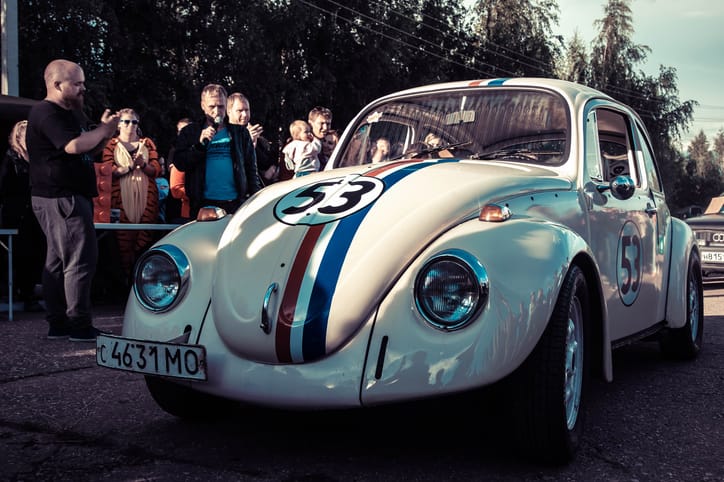
Celluloid has a long and storied relationship with the automobile. From the first sputtering horseless carriages to the sleek machines of today, cars have been more than just a mode of transport in movies. They've become characters themselves, reflecting the personalities of their drivers, influencing the course of narratives, and leaving a lasting impression on audiences.
This article explores ten of the most iconic cars in movie history, taking a ride through different genres, eras, and cultural landscapes.
1. Aston Martin DB5 (James Bond Series): Few cars are as synonymous with a character as the Aston Martin DB5 is with James Bond. Debuting in "Goldfinger" (1964), this sleek and sophisticated British sports car became a staple of the franchise. Equipped with an array of gadgets from Q Branch, including ejector seats, hidden machine guns, and a bulletproof shield, the DB5 transcended its role as a vehicle and became an extension of Bond's suave and resourceful persona.
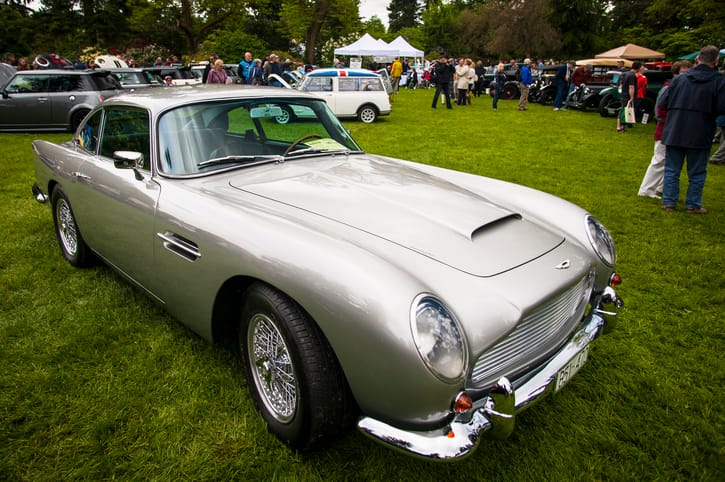
2. 1968 Ford Mustang GT Fastback (Bullitt): The car chase in "Bullitt" (1968) is a masterclass in cinematic action. Steve McQueen, behind the wheel of a Highland Green Mustang, engages in a brutal and realistic pursuit through the streets of San Francisco. The absence of music and the raw sound of the engines elevate the scene, making the Mustang an unforgettable symbol of American muscle car power.
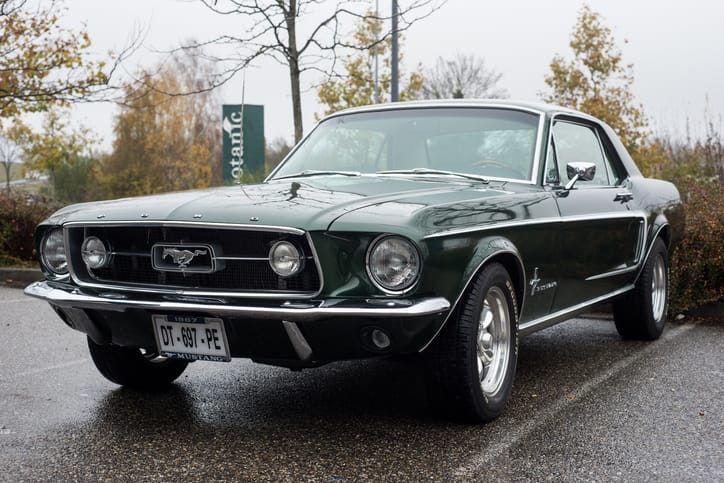
3. 1970 Dodge Charger (The Fast and the Furious Franchise): The "Fast and the Furious" franchise is all about high-octane car chases, street racing, and customized rides. Among the many impressive vehicles, Dominic Toretto's black 1970 Dodge Charger stands out. This powerful muscle car is more than just a fast machine; it's a symbol of family, loyalty, and defying authority.
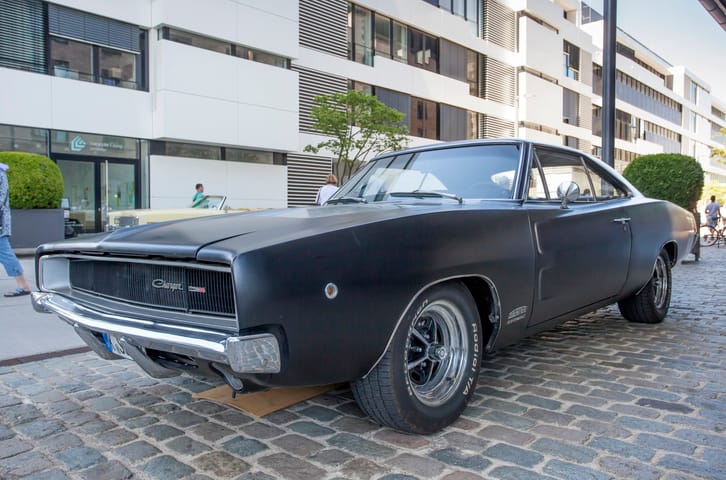
4. DeLorean DMC-12 (Back to the Future Trilogy): This stainless-steel sports car might not have been a commercial success, but in "Back to the Future" (1985), it became a pop culture phenomenon. Doc Brown's eccentric invention, a time machine fueled by plutonium and requiring 1.21 jigawatts of power, captured the imagination of audiences. The DeLorean's gull-wing doors and time-traveling adventures cemented its place in cinematic history.
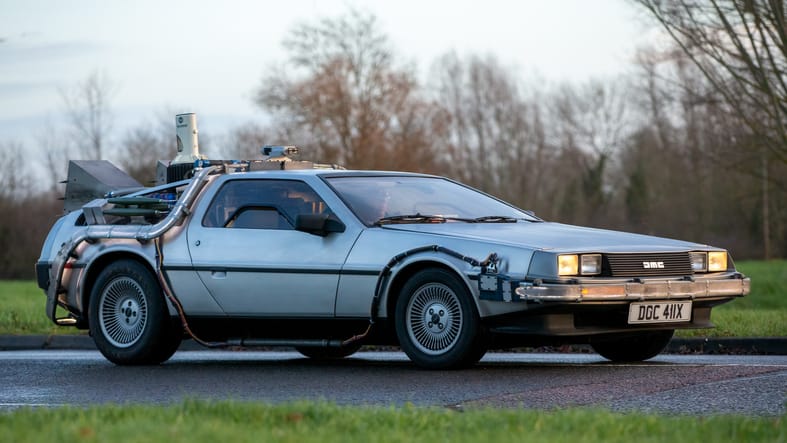
5. 1963 Volkswagen Beetle (Herbie the Love Bug): Herbie, the lovable anthropomorphic Volkswagen Beetle, defied expectations in "The Love Bug" (1968). This charming little car, with a mind of its own and a racing spirit, proved that even the most unassuming vehicles could be heroes. Herbie's adventures resonated with audiences, inspiring a generation with its message of friendship, overcoming challenges, and the underdog spirit.
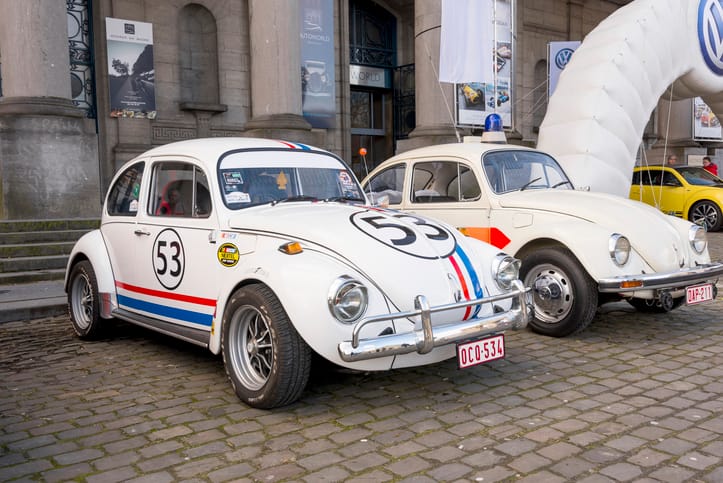
6. Ecto-1 (Ghostbusters): A 1959 Cadillac Miller-Meteor ambulance might seem like an unusual choice for a team of paranormal investigators. But the Ecto-1, with its red and white paint job, flashing lights, and rooftop equipment, became as iconic as the Ghostbusters themselves. This customized vehicle perfectly embodied the quirky and eccentric nature of the team, making it instantly recognizable.
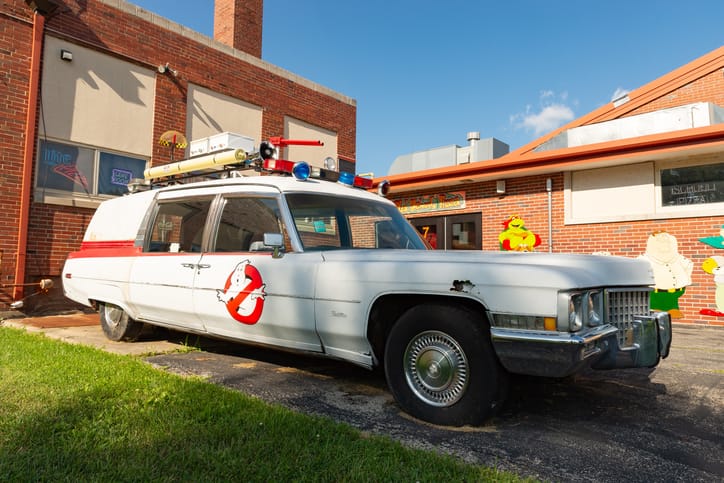
7. 1977 Pontiac Firebird Trans Am (Smokey and the Bandit): Burt Reynolds' portrayal of Bo "Bandit" Darville in "Smokey and the Bandit" (1977) is as iconic as the car he drives – a black 1977 Pontiac Firebird Trans Am with a distinctive gold screaming chicken decal on the hood. The film's car chases and daring escapes cemented the Trans Am's image as a symbol of cool, rebellion, and Southern charm.
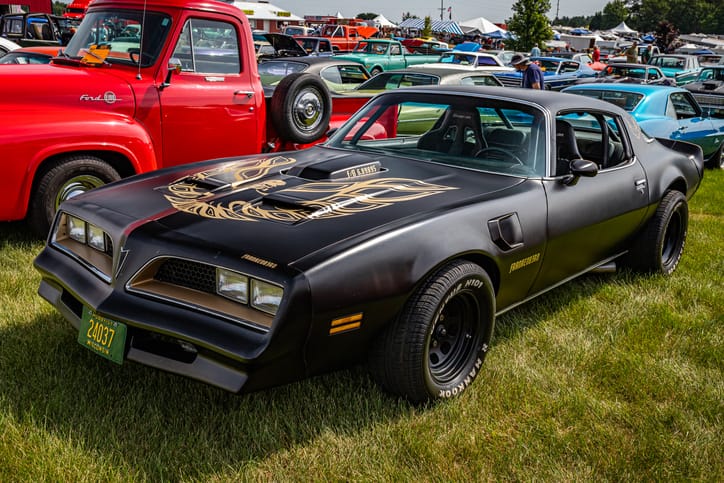
8. The Batmobile (Batman Franchise): Batman's iconic vehicle has undergone numerous transformations throughout the years, reflecting the changing interpretations of the Dark Knight. From the sleek and gothic car in the 1989 film to the heavily armored Tumbler in "The Dark Knight" trilogy, the Batmobile has always been more than just a means of transportation. It's a powerful symbol of Batman's technological prowess, striking fear in the hearts of criminals.
9. 1969 Ford Mustang Boss 429 (John Wick Franchise): The John Wick franchise is known for its stylish action sequences, and the cars play a significant role. John Wick's prized possession is a meticulously restored 1969 Ford Mustang Boss 429. This powerful muscle car not only reflects Wick's meticulous nature but also becomes a weapon in his relentless pursuit of revenge.
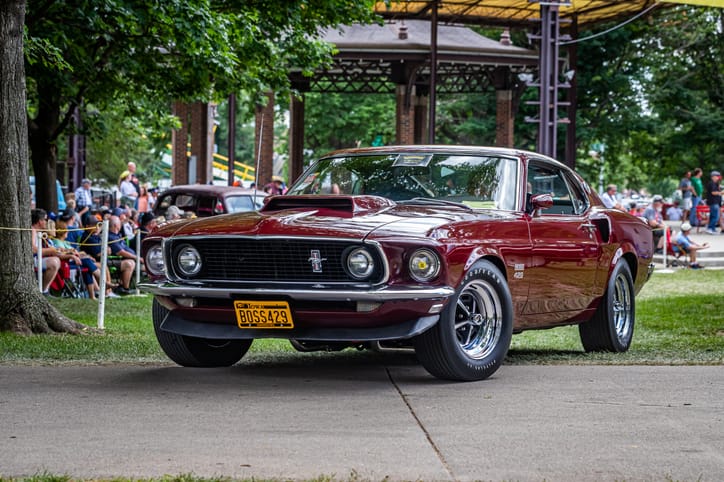
10. The Mach 5 (Speed Racer): Live-action adaptations of anime face a unique challenge, but the 2008 film "Speed Racer" captured the essence of the iconic series. The Mach 5, a futuristic, white race car with a red lightning bolt motif, wasn't just a vehicle; it was an extension of Speed Racer himself. Equipped with an array of gadgets and driven with unwavering determination, the Mach 5 embodied the spirit of competition and the thrill of the race.
These ten cars represent just a fraction of the many iconic vehicles that have graced the silver screen. From the chrome-laden cruisers of classic Hollywood to the tricked-out tuners of modern action films, cars have played a vital role in shaping narratives and capturing the imaginations of audiences.
Beyond the specific models, there are also broader trends that highlight the significance of cars in movies.
- Cars as Status Symbols: From the luxurious Aston Martin to the customized rides of the "Fast and the Furious" franchise, cars often reflect the social and economic status of their drivers.
- Cars as Extensions of Character: Whether it's the eccentric Ecto-1 or John Wick's meticulously maintained Mustang, the car a character chooses can tell us a lot about their personality and priorities.
- Cars as Tools for Adventure: From the high-speed chases of "Bullitt" to the time-traveling escapades of "Back to the Future," cars propel characters on journeys of self-discovery, daring escapes, and thrilling adventures.
The next time you watch a movie, pay attention to the cars. They might not always be the stars of the show, but they often play a significant role in shaping the narrative and leaving a lasting impression.
